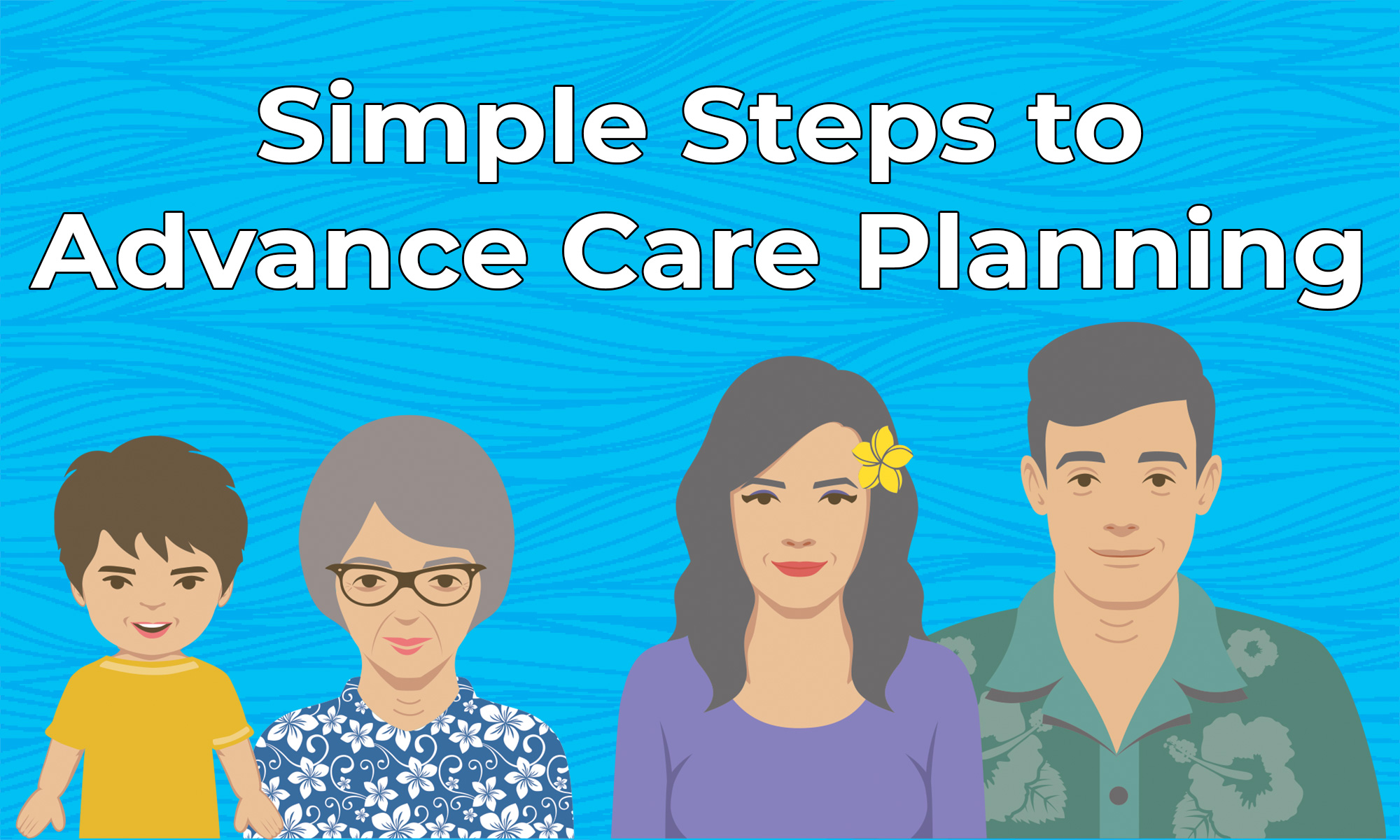We know, making these decisions is not easy and we are here to help with additional resources.
Three free, easy-to-use guides are part of a series from The Conversation Project can help you work through important questions.
1) We know that starting conversations about end-of-life care wishes with your loved ones can be hard. We recommend the “Your Conversation Starter Kit” that will help you get your thoughts together.
2) We recommend working through an excellent free workbook “How to Choose a Healthcare Agent and How to be a Healthcare Agent”.
3) The Conversation Project’s How to Talk to Your Doctor, a guide to discussing end-of-life care with doctors, nurses, or other health care providers.
You can start the Advance Care Planning Process by first identifying what is important to you. You can ask yourself what is most important to you. This will help make it easier to share your thoughts with your loved ones. Here are two webpages with suggestions.
Consider asking yourself the important questions that you may have put off or have tried not to think about yet…
Icebreaker tips to start your conversation
In Depth Reading and Documents
Download the 16-page booklet “Advance Care Planning: Making Life Decisions”, an excellent Kōkua Mau resource with descriptions of various procedures and types of care to help you understand decisions you may need to make. More
Artificial nutrition and hydration – Read Tube Feeding (a 2-page PDF file)
CPR (cardiopulmonary resuscitation) –Read “Questions about CPR” (a 2-page PDF file)
On the Kokua Mau website you find a great wealth of information and in depth explanations of terms and services offered in Hawaii, that go beyond the scope of this website.
Please note: by clicking on the links below you will be redirected to the Kōkua Mau website in a new tab.
In depth information on Advance Directives (on the Kōkua Mau website)
Different types of care including Comfort Care, Palliative Care and Hospice Care.
The difference between an Advance Directive and a POLST
Many people in our community have heard about POLST (Provider Orders for Life Sustaining Treatments) and it is widely used across the state. There are significant differences between an Advance Directive and a POLST. These forms have different purposes and are used in different ways.
Remember: Everyone needs an Advance Health Care Directive – Not Everyone needs a POLST
1) Purpose
An Advance Directive is for all adults 18 and older, while a POLST is for those with an advanced progressive chronic condition. A POLST is for those with a life-limiting condition. The question to ask to determine if someone is appropriate for POLST is: “Would you be surprised if this person died in the next year?”
2) Time frame
An Advance Directive is for future care, while a POLST is a portable medical order for current care.
3) Location
An Advance Directive can be completed anywhere by the person. A POLST is completed in a healthcare setting as it is signed by either a physician or Advance Practice Nurse.
4) Who completes
An Advance Directive is completed by the person and is valid with 2 witnesses or being notarized.
A POLST is medical order that is completed by a physician or Advance Practice nurse. It is done in consultation with the patient or agent, but must be signed by the medical provider.
5) Updates
When you update an Advance Directive, be sure to make copies of the newest document available to your agent, loved ones and doctor. Similarly, if a doctor or nurse updates a POLST, creating a new medical order, that latest version should be shared widely, including in the medical record.
More on POLST
Background information on POLST on the Kokua Mau website
POLST (link to PDF)
You may also want to read the PDF: Everyone needs an Advance Directive – Not everyone needs a POLST
